This article first appeared in Vogue.com. Written by Xochitl Gonzalez. Photography : Sam Youkilis
For four generations, the rich smell of honey and burning wood has filled the quiet street of the Oaxacan town of Teotitlán del Valle, where Casa Viviana sits. Behind the modest brick-front building, Doña Viviana Alávez is the matriarch who presides over the crafting of elaborate, ceremonial beeswax candles that the Mexican village is known for. At 74, Doña Viviana is both a trailblazer and the guardian of this timeless artisanal tradition whose origins lie in an ancient wedding ritual
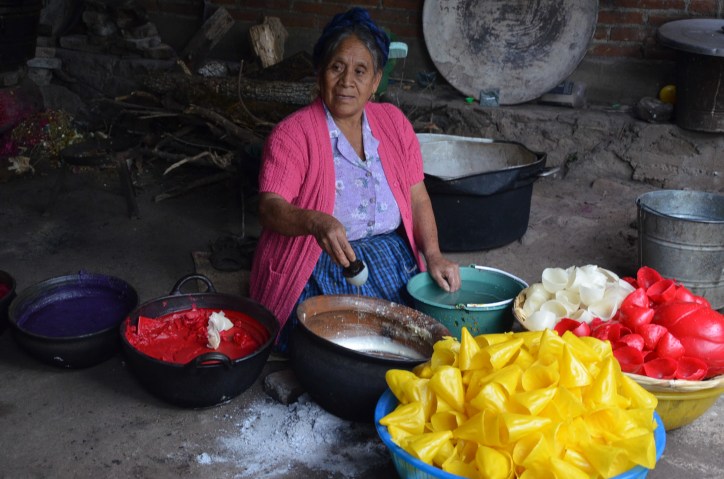
Zapotec Community
In the earliest days of this small, Zapotec community, whose founding in the 15th century predates the arrival of the Spanish in Mexico, young couples dated in secret. If a family disapproved of a match for their daughter, it wasn’t uncommon for a groom to “steal away” with his chosen bride, only for the couple to later return in the act of performative contrition. (It is easier to beg for forgiveness than to ask for permission.) Armed with presents for the bride’s family and accompanied by a town elder willing to broker peace, the young lovers would lead a large procession of family and friends to the doorstep of the bride’s parents, with everyone carrying one of these stunning, multicolored candles. Though the practice has faded, the centuries-old ceremonial tradition has persisted. “The great meaning and symbolism of the candles have not been lost,” Bibiana Hernández Mendoza, Doña Viviana’s granddaughter, assured me. The candles are known as “velas tradicionales de concha,” for the seashell-inspired shapes of their ornamentation. “They are part of a great symbol of prosperity and abundance for the new couple,” Hernández Mendoza explained.
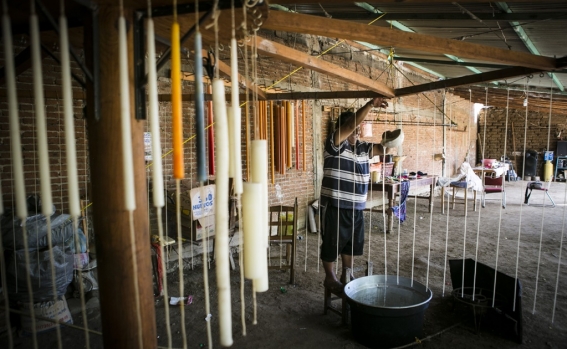
final touch for tapers 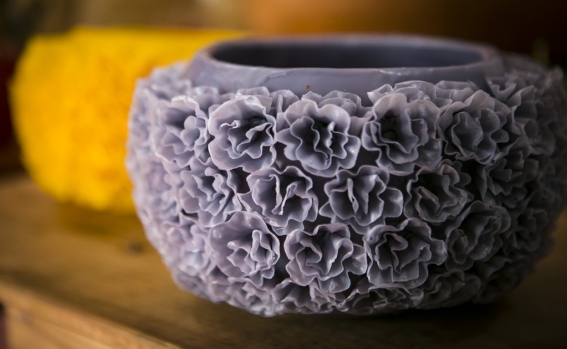
flower wax bowl
The History
Doña Viviana created her first vela at the age of eight, using the molds her grandmother had inherited from her mother before her. Orphaned at a young age, Doña Viviana spent her entire childhood at her grandmother’s side. Melting and coloring the beeswax, pouring it into the wooden molds, cooling the molds with water, perfecting her craft. Quality was always a driving force for Doña Viviana. In the years to come, she would find herself forging her own, sometimes controversial, path as both an artist and an entrepreneur.
Historically, candle-making families were not fiscally compensated for their work, instead of surviving on a barter system where they produced these candles for the Catholic Church in exchange for food. The system left many candlemakers impoverished; some simply abandoned the trade. In the 1970s, Doña Viviana’s husband fell ill, and she was left to raise her two sons and daughter largely on her own. Necessity prompted her to buck tradition: She would find a market for her stunning candles outside of the Church and beyond the borders of their village, in other parts of Oaxaca. “She was the sole source of income and the only way for our family to get ahead,” her son José Hernández Alávez recalled. “In the old days in the candle-making community, the women did the artistic labor, but things were run by the men. For this reason, Doña Viviana was even more marginalized for daring to express her ideas and to commercialize her work.”
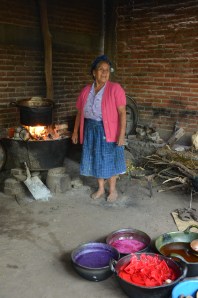
creative space 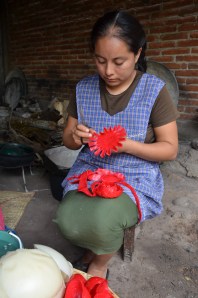
finishing touches 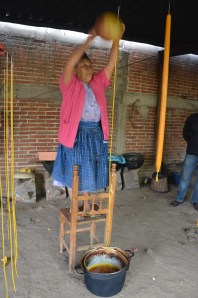
one of the final processes
Undeterred by the reaction it stirred in her hometown, Doña Viviana took a gamble that paid off. Not only was she able to support her family, but she single-handedly revived the region’s legendary candle-making industry. As her market expanded, so did her need for assistance. Doña Viviana once again did the unthinkable. She opened her atelier up, not just to members of her family as was the custom, but also to women in the village or the surrounding area interested in apprenticing with her and learning the tradition of making these candles. Outraged by this break from tradition and determined to drive her from the trade, the village elders confiscated many of Doña Viviana’s wood molds.
This seeming tragedy proved to only be a blessing in disguise. Able to preserve just a handful of her heirloom molds, the artist was forced to innovate. “It was there where creativity arose,” Doña Viviana recalled in Zapotec to her son and granddaughter, who helped to translate. “I looked to nature and had the idea to disassemble some natural flowers to (make molds) and be able to create the large and small roses that the candles now have.” Moving beyond the traditional seashell patterns, her new designs nod to tradition while speaking to the future.
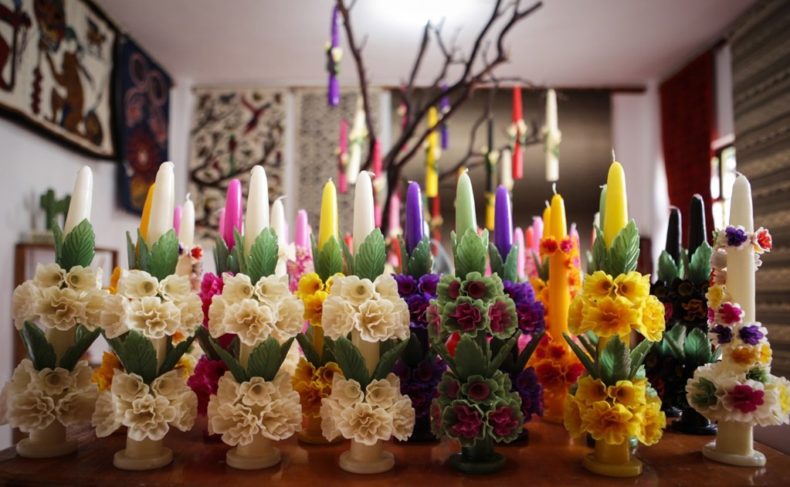
What they saw as breaking with tradition, Doña Viviana saw as rescuing the legacy of making these candles. “At Viviana’s house,” her granddaughter explained, “teamwork is very important and we all contribute ideas. In our house, everyone does work equally—women and men.” Doña Viviana speaks with pride of the fact that if you know how to make candles in the village of Teotitlán del Valle, you most assuredly learned at Casa Viviana. Indeed, her ingenuity not only has expanded her family’s livelihood but also provided one for many women in the area, changing the face of candle-making in Teotitlán.
from Kate…Oaxaca is a beautiful state and capital city. The abundance of indigenous culture makes Oaxaca a must-see on any trip to Mexico. The food, the crafts, the architecture, and the beautiful, kind people, are a must to have a full appreciation of Mexico and its heritage.

Please follow this link to see the Vogue article. The photos are amazing and worth a look.

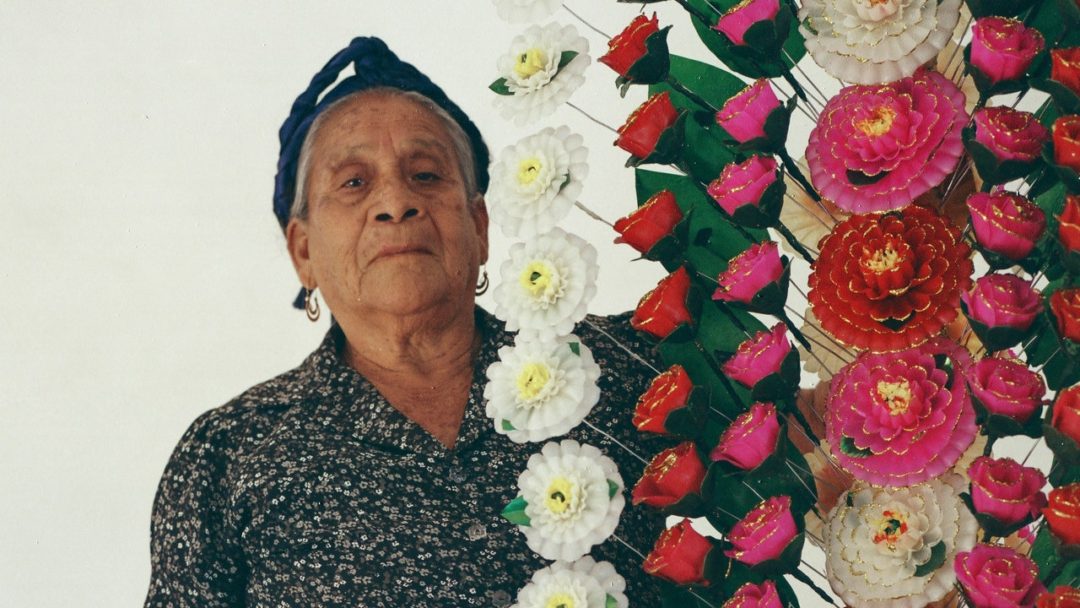








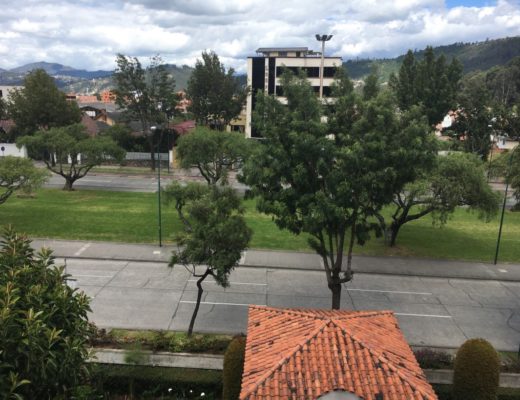
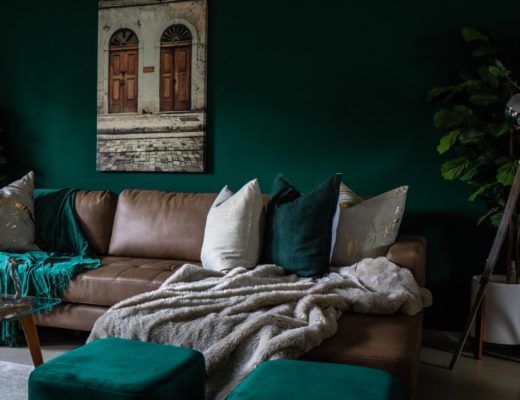

10 Comments
Maude
May 20, 2021 at 4:32 pmWhat a wonderful story to read about. Will this be an inspiration to the modern world women? The best thing is that her family kept the business going. It was a great read.
kate granado
May 23, 2021 at 4:43 pmThe family is the backbone of Mexico and throughout Latin America and it fills us with such joy to witness the love and the creativity it brings forth. thanks so much for stopping by Platinum Boomer. xok
Stacey Conti
May 5, 2021 at 5:01 pmAmazing woman and family, such ingenuity
kate granado
May 23, 2021 at 5:11 pmYes, she is amazing. The family is always the core to success. thanks Stacey. xok
JAQUELYNNE MAUVAIS
May 5, 2021 at 4:42 pmThere is some similarity (in the passion dept.) with you working out of your garage, then UR huge warehouse!! Ur gorgeous designs!! Just like this Oaxacan Queen, also passing on her talent to the other young dedicated women!! Bravo!! Yup still remember that Oaxacan food!! oxoxo Ms J
kate granado
May 23, 2021 at 5:16 pmOnly you would connect these dots! thank you…xok
LAURIE
May 5, 2021 at 3:52 pmWow! I learned so much about candle making from you and the Vogue article…absolutely fascinating. I love the floral inspired designs. They are beautiful. I also really liked the historical and cultural information. Thank you!
Patti
May 5, 2021 at 3:15 pmInteresting story and such beautiful candles.
Vicki Pass
May 5, 2021 at 8:40 amHow inspiring!
kate granado
May 5, 2021 at 9:00 amYes, I thought the same thing. Plus I adore Oaxaca, the best food in Mexico…I think! thanks so much Vic. xok